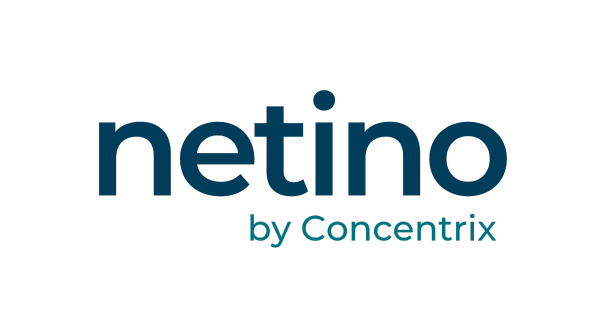Influence Marketing: Best Practices to Leverage It
Influence marketing, far from being a passing trend, is experiencing unprecedented growth. According to figures provided by Influencia, the market has seen a staggering 355% growth over a five-year period.
The projections for 2023 are equally impressive, with experts estimating that spending in this field will reach a colossal sum of $32.5 billion.
Influence marketing has become an essential tool for companies in all sectors looking to harness the power of social media, influencers, and platforms such as YouTube. This strategy allows for increased visibility, establishing credibility, boosting social selling, and taking advantage of the potential of social commerce.
In this article, we will explore emerging trends in influence marketing, including the use of micro and macro-influencers, the explosion of platforms like YouTube, Instagram, TikTok, and Twitch with live streaming, as well as responsible influence.

| Collaborating with Micro and Macro-Influencers
Influence marketing relies on collaborating with relevant influencers to reach a qualified audience. Micro-influencers, although having a smaller reach, offer authenticity and specific relevance to their engaged followers. Macro-influencers, on the other hand, have a wider reach, allowing for increased brand visibility. An effective strategy can combine collaboration with micro-influencers for targeted approaches and in-depth interactions, as well as with macro-influencers to extend the reach of publications and reach a larger audience.
According to Pierre-Jean Riccini, an expert in marketing and strategy at Jellyfish, a renowned digital agency, the key on social platforms is clear: “home-made” video formats created by content creators reign supreme. These content creators are now indispensable for brands looking to effectively stand out. Thus, it is expected that this year will mark a major turning point in the collaboration between these influencers and brands that dare to grant them more artistic freedom.
However, it is also worth noting that the engagement generated by micro or macro-influencers should be prioritized over a more traditional approach based on a single partnership with digital celebrities. Indeed, according to several recent studies conducted in this specific field of social influence marketing, these intermediate profiles generally show a higher engagement rate with their respective audiences.
| Harnessing the Power of Platforms
YouTube is an essential platform for influence marketing. Videos can be used to showcase products, provide tutorials, demonstrations, or share success stories. Additionally, live streaming on YouTube offers an opportunity to connect with the audience in real-time, answer their questions, and generate engagement. However, influence marketing is not limited to a single platform.
The explosion of platforms such as YouTube, Instagram, TikTok, and Twitch has opened new opportunities for brands. YouTube provides an ideal showcase for engaging videos and tutorials, while Instagram allows for the creation of captivating visual content. TikTok has become a global phenomenon with its short and creative videos, and Twitch offers live streaming to interact with the audience in real-time.
| Measuring the Success of Your Influence Marketing Campaigns
Measuring performance is essential to evaluate the success of influence marketing campaigns. Key indicators such as publication reach, number of views, audience reached, and likes help assess the impact of collaborations. Key performance indicators (KPIs) to monitor in an influence campaign are reach and impressions. These metrics are particularly relevant on social platforms like Instagram and Twitter. Reach corresponds to the number of subscribers who accessed the content, while impressions measure the total number of times that same content was displayed.
Brands turn to influencers to improve their visibility and boost sales. As authorities in their field, content creators are able to engage subscribers and encourage them to act towards a specific goal. KPIs to monitor include engagement rate, click-through rate, traffic generated by the campaign, and also sales.
| Promoting Responsible Influence
Influence marketing must be conducted in a responsible manner. Brands need to ensure transparency in collaborations by clearly indicating sponsored content. Furthermore, it is essential to choose influencers whose values and practices align with those of the brand. Responsible influence ensures the integrity of campaigns and strengthens consumer trust.
In line with this shift, several initiatives aim to better regulate influence marketing. Examples include the Responsible Influence certificate offered by the ARPP (Professional Advertising Regulatory Authority) and the ethical charter of influence initiated by the agency Woô, which has already been signed by over 30,000 individuals.
| In Conclusion
Influence marketing continues to play an essential role in the current marketing landscape, especially on social networks and YouTube. By leveraging emerging trends such as collaborating with micro and macro-influencers, utilizing YouTube and live streaming, and adopting a responsible approach, businesses can achieve successful influence marketing campaigns. By implementing these best practices, brands can increase their visibility, stimulate social selling, harness the potential of social commerce, and establish lasting relationships with their audience through influence marketing.
👉 Interested in the subject? Take a look at our Influentia white paper on the same topic and let’s schedule a meeting to discuss it!
N'hésitez pas à partager cet article !
"Influence Marketing: Best Practices to Leverage It"

